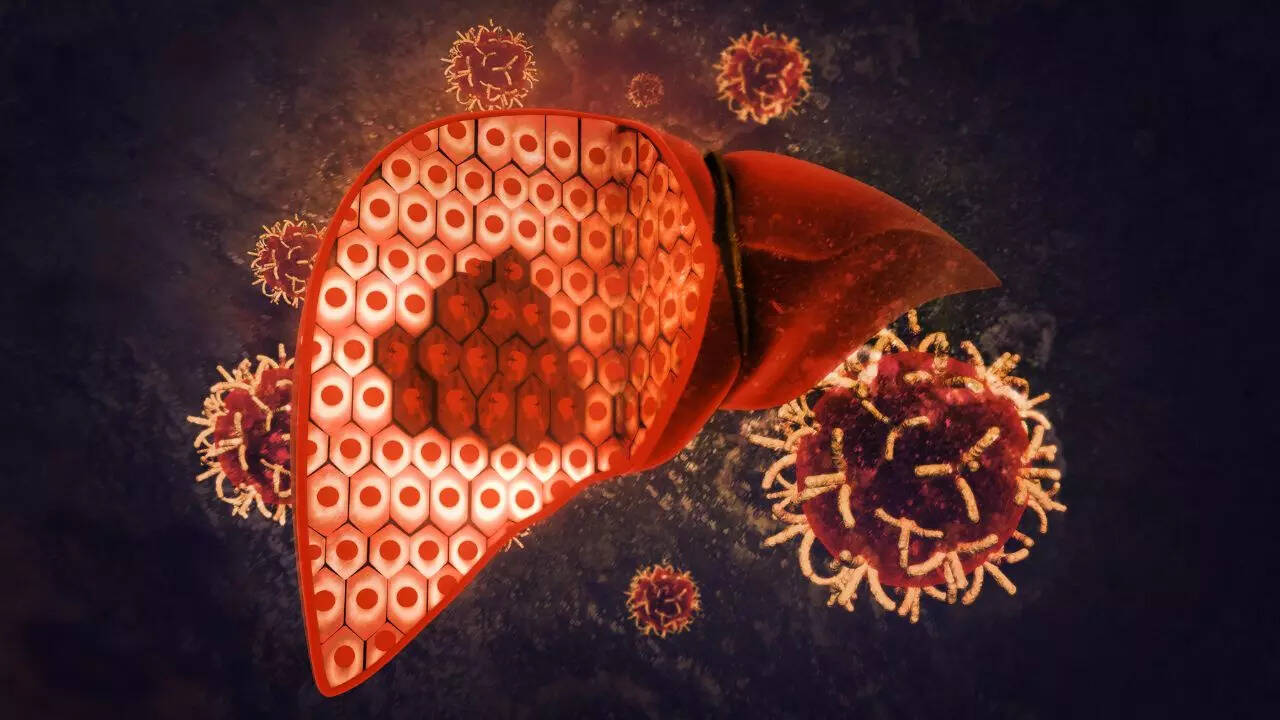
COURTESY PHOTO
The rat lungworm parasite is seen through a microscope. The Hawaii Department of Health has confirmed a case of rat lungworm disease in an individual on the island of Kauai.
The Hawaii Department of Health has confirmed a case of rat lungworm disease in an individual on the island of Kauai.
Rat lungworm disease, a parasitic disease also known as neuroangiostrongyliasis, is known to be endemic on all islands in Hawaii. The diagnosed individual had no history of travel to other islands, outside the state or country, officials said.
The individual sought medical care after experiencing symptoms such as headaches, nausea, vomiting, neck stiffness and aversion to bright light. The Hawaii State Laboratories Division confirmed the diagnosis of rat lungworm, using newly available sensitive testing.
Health officials, however, have not been able to identify the exact source of infection for this individual.
Rat lungworm disease, caused by a roundworm parasite called Angiostrongylus cantonensis, affects the brain and spinal cord and can result in long-term disability.
The parasite is only found in rodents, but infected rodents can pass larvae of the worm in their feces, which can then be ingested by snails, slugs, and some other animals such as freshwater shrimp or prawns, which then become intermediate hosts.
Don’t miss out on what’s happening!
Stay in touch with breaking news, as it happens, conveniently in your email inbox. It’s FREE!
In Hawaii, DOH said, most people become ill by accidentally ingesting a snail or slug infected with the parasite, but can also become infected via an intermediate host.
DOH said that from Jan. 1, 2014, to the present, there have been 102 cases of rat lungworm disease reported statewide — 78 from Hawaii County, 13 from Maui County, seven from Honolulu County and four from Kauai County, including this latest case.
The majority of cases, 84%, have been in Hawaii County, while the other 16% have been cases reported in visitors. The last case confirmed on Kauai was in 2019.
DOH said early diagnosis is important in order to target treatment, and to reduce the long-term effects associated with this disease. Prevention is also important statewide.
“Thoroughly inspecting and washing all fresh fruits and vegetables under clean, running water is the most effective way to reduce the risk of rat lungworm disease,” said Dr. Sarah Kemble, state epidemiologist, in a news release. “Small slugs and snails on produce can be difficult to see. Cooking food thoroughly also kills the parasite that causes rat lungworm disease.”
DOH provides the following recommendations to prevent rat lungworm disease:
>> Wash all fruits and vegetables under clean, running water to remove any tiny slugs or snails. Pay close attention to leafy greens. This is important whether produce comes from a local retailer, farmers market or backyard garden.
>> Control snail, slug and rat populations around homes, gardens and farms. Get rid of snails, slugs and rats safely by clearing debris where they might live. Consider using traps and baits.
>> Maintain water catchment systems and replace filters regularly. Cover and protect catchment tanks, as slugs can crawl up the tank and get into the water.
Source link

